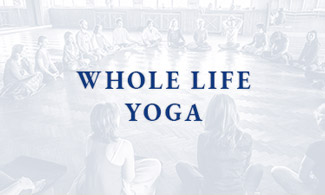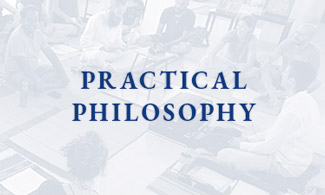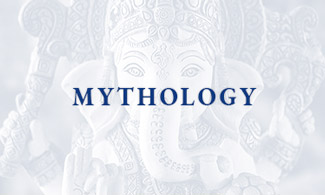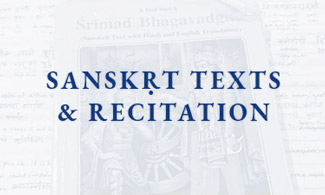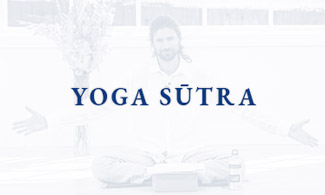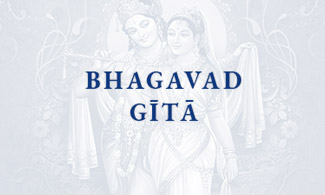
The Gita: the Song of Now and the Glorious Opportunity of Our Human Life
A long time ago, in a situation that challenged him like he’d never quite been challenged before, a human being felt torn. He didn’t know what to do. The techniques, ways and patterns that he had always relied on up to that point were no longer inclusive enough to rely on anymore. If he pressed on in the old ways, he realised he would just destroy that which was dearest to him. Yet if he did nothing, he wouldn’t feel any better; doing nothing would also only bring the destruction of all he held dear.
Who is this human being? This is Arjuna, the kṣatriya – ‘warrior’ (but we might just as readily translate this Sanskṛt term as ‘protector of the field/guardian of the whole) who is the ‘student’ in the amazingly practical Bhagavad Gītā. His teacher is Kṛṣṇa, which we can translate as the ‘Dark, Mysterious, Alluring One’. Kṛṣṇa, as a noun, literally means ‘dark’ or ‘black’. This noun is derived from the verb kṛṣ – to attract/to pull or draw towards.
Arjuna is a seasoned warrior, a veteran of many campaigns. As the Gītā opens, he appears decisive, in command: ‘Take me between these two sets of armies and let me see with whom I must deal in this bloody business of war’, he tells Kṛṣṇa, his charioteer. Arjuna, expert warrior, is going to cast his focused, warrior’s awareness on the reality of the battlefield, as it is, before and around him. Yet when Kṛṣṇa does drive the chariot out in between the two armies, and Arjuna sees the reality, as it is, Arjuna’s hairs stand on end, his throat parches dry, his bow falls from his hand, and he collapses.
His bow falls: the weapons – the tools, the techniques, and the skills which he has previously honed and deployed with great efficacy are no longer enough.
He collapses: when the structure he has relied on all these years seems impotent to serve his true needs, it knocks the wind (the life force, the vitality, the prāṇa) out of him, and brings him to his knees.
So who is this human being? Arjuna is just each one of us, in that moment (those moments) where whatever we have done up to now brings us to a place where our recognition reaches deeper, broader, fuller than we have experienced before, and we don’t know how to proceed.
The Gītā reminds us that this feeling of not knowing what to do is a normal part of the journey home to fullness, to ‘enlightenment’. As the light of our awareness reaches into those parts of ourselves – into those patterns or tendencies moored in the shadowland harbours of our psyche – that actually are blocking our wholeheartedness, and sabotaging our being fully present, it is only par for the course to feel overwhelmed, lost, torn, like we’re on our knees and don’t know which way to turn.
But here it gets really interesting. ‘In the dark’ about what to do, at a loss, Arjuna surrenders to Kṛṣṇa, the dark one. After explaining why he feels so torn: pulled in different directions by his sense of duty towards his family, teachers, profession and position; Arjuna then acknowledges that he does not know what to do! The familiar ways he does know cannot bring him clarity, and he asks Kṛṣṇa for help: ‘I am confused about what course of action will really serve me and all around me, I don’t know what to do. I am your student, give me your shelter!’ Then, having surrendered to Kṛṣṇa, the dark one, Arjuna says: ‘I will not fight’, and – crucially – becomes silent.
Faced with the unknown, feeling lost and overwhelmed, Arjuna (whose name also means the pure one, the seeker of pure intent) does not try to escape. He does not run away. He surrenders to the unknown and becomes still and quiet.
And then… Kṛṣṇa starts to teach.
And then… when we are torn, when we don’t know what to do, but heroically, we muster the courage to stop, quieten and bring ourselves more fully into the present, new insights can come. In the space of this quiet presence, the lessons of all our previous explorations can come together in ways that bring forth new inspirations.
When we are courageous enough to be steady, even in the ‘dark’ of intimidating uncertainty, we are actually ‘enlightening’ ourselves. In a certain way, we are training ourselves to stay steady and connected to the space of the centre even in the face of the unknown, even in the face of that which scares us. Further, this steady, quiet, uncomplaining not running away allows the types of learning that can renovate and expand the ‘rules’ or ‘structures’ that we have previously been living by (and been limited by) in ways which allow us to draw more fully on the depths of our true resources.
With Arjuna on his knees, Kṛṣṇa, the voice of conscience, the voice from the dark, unknown heartland, speaks clear:
‘Get up! Stand up! You are a conscious being. As a conscious being, you have power. You have the authority to choose how you meet the constant change of the reality of life. So be the great ‘warrior’ – the epitome of steadfast awareness – that you were born to be. You live and experience in the realm of Nature, which is always changing, but as you tune in more and more honestly to the ever-present gift of your animating consciousness, you can know your conscious, undying essence, right here, right now, in the thick of life, with all its challenges, all its comings and goings!’
The Gītā was first given long ago. Gītā means ‘song’, Bhagavān (another name of Kṛṣṇa which becomes Bhagavad when directly preceding Gītā) means ‘totality’. This miracle, mirror-text encourages us to keep enquiring, to keep alert and ask ourselves where we may be compromising our integrity, where we may be ignoring our conscience. It was first sung long ago, but the harmony it teaches is innate within us all: the natural fruit of bringing all our powers, all our instruments – senses, bodies, minds, emotions – into cohesion. This state need not be confined to some distant time or setting. Indeed, the only place is can ever be experienced is here, now.
So rise, seeker of truth, get up, great one, stand up, and Be Your Whole Self!
—
James Boag teaches integrated yoga programs: classes, courses, retreats and intensives; around the world, including on the Gītā, and regularly gives courses studying chapters of the Gītā direct from the original Sanskṛt text in Mysore, India. www.jamesboagyoga.com
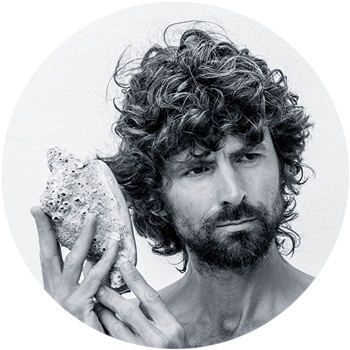
James Boag | Whole Life Yoga
The yoga of the whole human being. Practical philosophy, storytelling, movement, inquiry, looking in ways that reach beyond our habitual ways of looking.
Listen to James’ unique whole life yoga perspectives on the WHOLE LIFE YOGA podcast.

